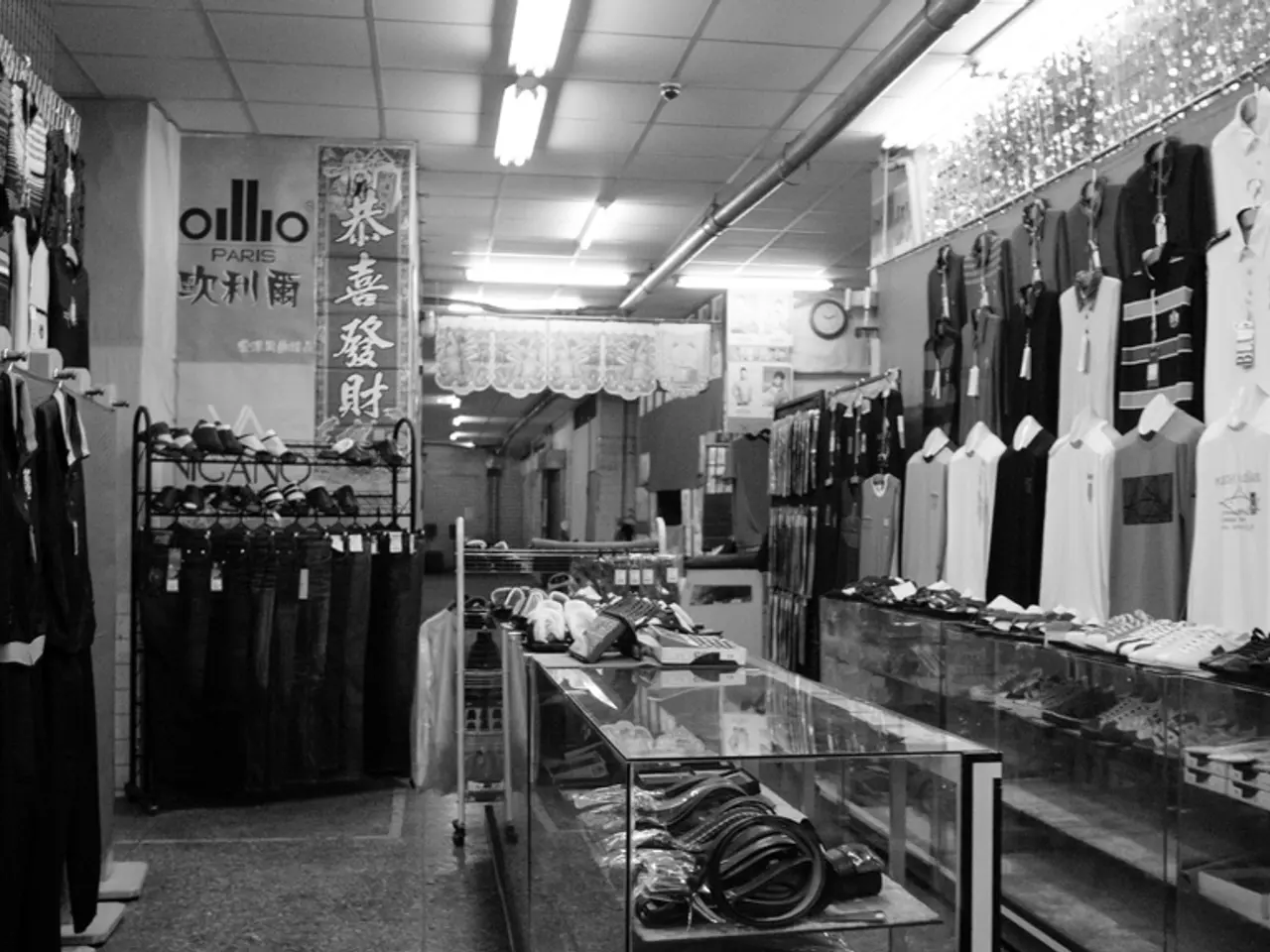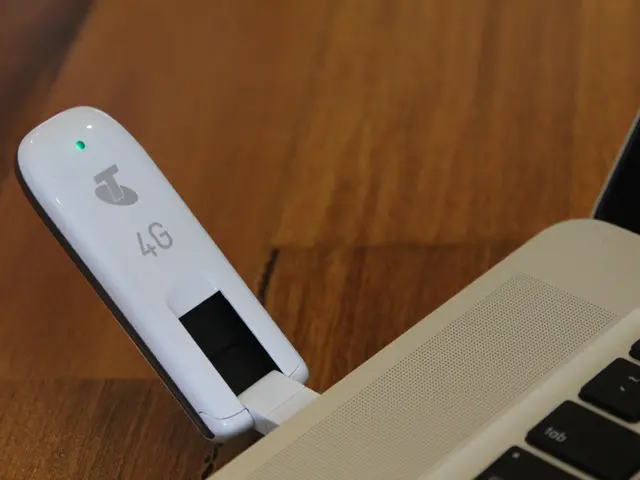Cost Analysis: Determining the Financial Requirements for Launching a Fashion Label
Embarking on the journey to start a clothing line can be an exciting yet daunting task. With endless potential for creativity and success, it's essential to understand the various costs and expenses involved in this venture.
The average cost to start a clothing line typically ranges from £5,000 to £30,000 or more, depending on the scale, production type, and marketing strategy [1][4]. Here's a breakdown of key areas like niching, production, funding, marketing, and distribution:
| Expense Category | Typical Cost Range | Notes | |----------------------------|-------------------------------------------|--------------------------------------------------------| | **Niching & Branding** | £1,000 – £5,000+ | This includes market research, defining niche, brand identity, and logo design [1][3].| | **Design & Sampling** | £500 – £3,000+ | Prototype development, fabric sourcing, and sampling [1][3][4]. Costs depend on complexity and fabric quality.| | **Production** | £2,000 – £15,000+ | Bulk manufacturing, cut-and-sew operations, or private label setups. Dropshipping/print-on-demand options lower upfront costs significantly [1][2][4].| | **Funding & Setup** | Variable, often £500 – £3,000 | Business registration, legal fees, e-commerce/platform fees, hosting subscriptions, and inventory tools [1][2][3].| | **Marketing & Promotion** | £1,000 – £10,000+ | This includes social media ads, influencer collaborations, content creation, photography, and campaigns; influencer marketing can vary widely [1][2][3].| | **Distribution & Logistics**| £500 – £3,000+ | Packaging, shipping, warehousing (if not dropshipping), and fulfillment services [1][2].|
Lean models, such as print-on-demand or dropshipping, minimize upfront production and inventory costs but may trade off some control and margins [2]. Retail or physical store launch can raise startup costs dramatically, reaching up to £60,000-£130,000 due to rent, utilities, staffing, and larger inventory needs [4][5].
Growth strategies often include limited releases, expanding product lines, and personalization, which increase marketing and production complexity but improve brand engagement [3]. Understanding principles such as niching, production options, financing strategies, and a well-thought-out business plan is vital for navigating the fashion business environment.
A contingency budget, set aside for unexpected financial challenges, can help a fashion line cope with unexpected expenses and maintain strong business. Technology integration, such as point-of-sale systems, inventory management software, and automated accounting tools, can increase productivity. Inventory control and regular checks can help reduce storage costs.
Operating costs, such as rent, utilities, and employee pay, are important to consider after the initial costs of starting a clothing line. Staffing efficiency, through training and flexible scheduling, can reduce labor costs. Negotiating favorable lease terms can help save money when acquiring retail or office space.
Entering the fashion industry offers endless potential for creativity and success. A website is necessary for selling products online and building brand awareness. It should provide all necessary information for customers to make purchasing decisions. Search engine marketing (SEM) is paid advertising on Google or other search engines to rank highly on search engine results pages and drive more visitors.
Hiring a digital marketing firm can provide full online marketing security, including website development, social media marketing, online ad generation, content creation, etc. Social media marketing is an effective way to reach your target audience and grow your brand. It involves improving engagement and reach of social media profiles and promoting social media accounts and posts.
Starting a clothing line requires careful planning and budgeting, as well as resourcefulness and effective financial management. Profits increase with capital size, but resourcefulness and effective financial management are essential for success in the fashion industry. With the right strategy, a small apparel line can grow into a thriving business.
- To account for unforeseen expenses, a contingency budget should be set aside, which can help a fashion line navigate through financial challenges.
- Technology integration plays a crucial role in increasing productivity, with tools like point-of-sale systems, inventory management software, and automated accounting systems streamlining operations.
- In addition to understanding the various costs involved in starting a clothing line, entrepreneurs should also consider growth strategies such as limited releases, expanding product lines, and personalization to improve brand engagement.




